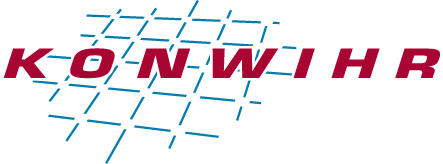Applicant
Dr. Jan Wilhelm
Institute of Theoretical Physics
University of Regensburg
Project Overview
The GW method is widely used for calculating the electronic band structure of materials. The high computational cost of GW algorithms prohibits their application to many systems of interest, for example to twisted transition-metal dichalcogenide heterobilayers and their moir´e structures. We use atom-centered Gaussian basis functions to develop a periodic, low-scaling and highly efficient GW algorithm in the open-source package CP2K. Our algorithm enables GW calculations on a MoSe2/WS2 bilayer with 984 atoms in the unit cell, in 42 hours using 1536 cores. This is four orders of magnitude faster than a plane-wave GW algorithm,
allowing for unprecedented computational studies of electronic excitations at the nanoscale.
The present KONWIHR proposal aims at resolving the computational bottlenecks of the current implementation of the GW algorithm:
1. We will reduce the RAM consumption of the GW algorithm.
2. We will enable OpenMP parallelization of the GW algorithm.
The team will thus work to optimize the GW algorithm such that it can be used on common cluster architectures with low-memory compute nodes (for example the thin-node partition of Supermuc-NG) and also on cluster architectures that runs very efficiently with OpenMP parallelization.

